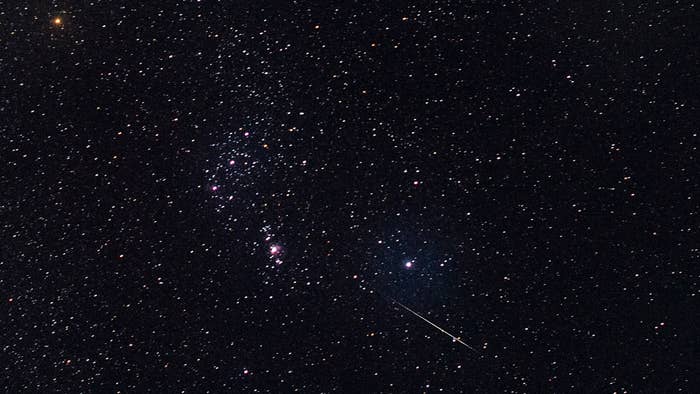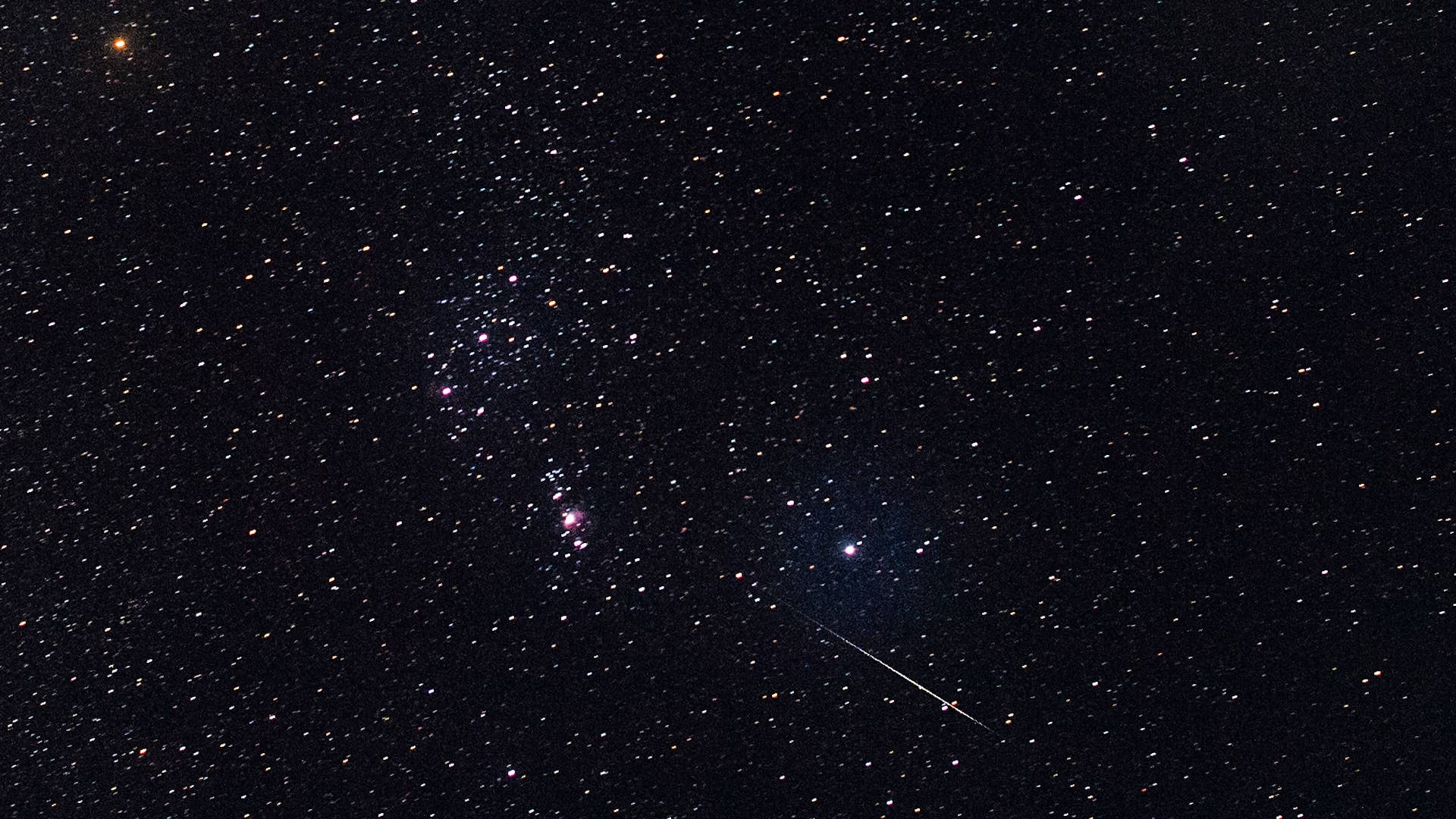
In a new study published in the Monthly Notices of the Royal Astronomical Society, scientists from McGill University, York University, and the Indian Institute of Science Education detail the fascinating discoveries that have been made about one "lava planet" in particular.
Named K2-141b, this exoplanet is about half the size of Earth, per NBC News. The exoplanet was initially discovered in 2017, and they were able to make predictions about the weather cycle and atmosphere on K2-141b. NASA’s soon-to-be launched James Webb Space Telescope will help scientist further analyze the exoplanet.
Since K2-141b closely orbits its host star, the same surface is always facing the star, causing temperatures to reach over 5,400 degrees Fahrenheit, and resulting in as much as two-thirds of the surface to be permanently bathed in sunlight.
Once a rocky planet, Earth has since cooled and solidified. Being a lava planet, K2-141b doesn’t act in a similar manner. The overwhelming heat has created magma oceans believed to be tens of miles deep. Scientists have also determined that wind can reach speeds of over 3,100 miles per hour, which is faster than the speed of sound.
For the portion of K2-141b not exposed to the constant barrage of sunlight, conditions are drastically different. The obvious being that this area stays in a constant state of darkness. Temperatures can also dip to negative 328 degrees Fahrenheit.
Unlike Earth’s water cycle where evaporation leads to a rise into the atmosphere before eventually returning to the surface as rain, K2-141b’s cycle starts with the evaporation of rocks from constantly sunlit side. From there, the vaporized rocks enter the atmosphere and get transported to the dark, colder side of the planet where the gaseous rock literally “rains” back down onto the surface.
Scientists suspect the surface and atmosphere of K2-1414b will eventually be altered due to its current unsustainable process.

